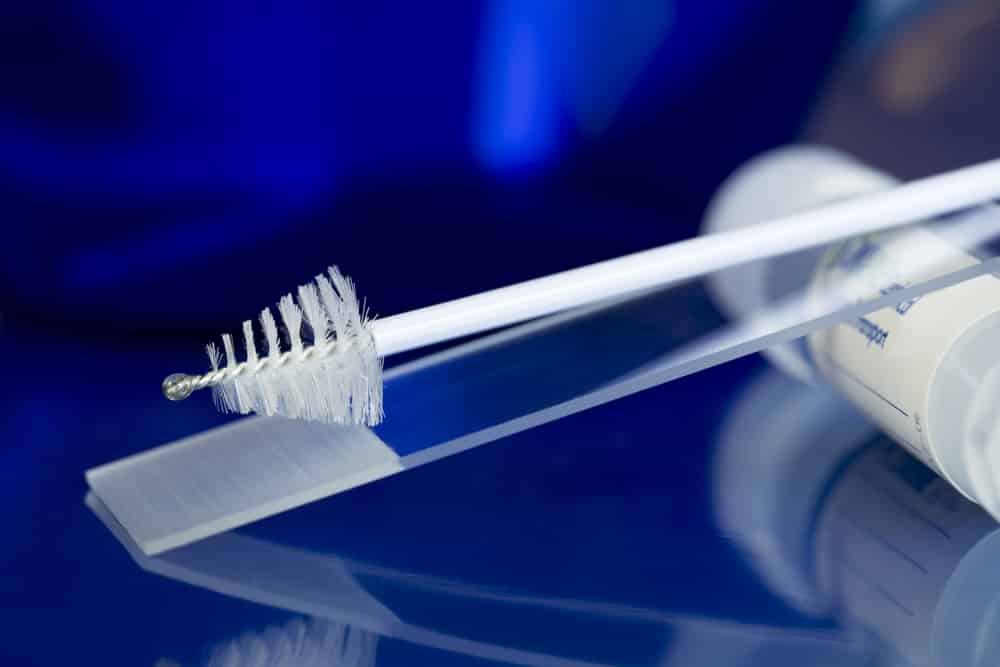
If you have seen a gynecologist since 2011, you likely have been tested for Human Papilloma Virus (HPV) at the time of your pap smear. The virus was first discovered in 1956, but it was not until 1986 that two specific subtypes of the virus were linked to cervical cancer. Currently, there are over 200 types of HPV. HPV 16 and 18 account for 60-75% of all cervical cancer cases worldwide. There are about 12 other types that account for the remainder of cervical cancer cases. These cervical cancer-causing HPV types are what are included routinely in pap smear collections in those 30 years old or older.
Approximately 80% of sexually active individuals will contract HPV during their lifetime. Just like any other virus that can infect the human body, the body has the ability to fight off the infection. Unlike other viruses, however, HPV infection is generally symptom-free. On average, it takes about 8-12 months for a healthy individual with a functioning immune system is to clear an HPV infection. Those less than 30 years old tend to be able to fight the infection off more quickly and completely. Therefore, a pap smear collected between 21 and 29 years old is not routinely run for HPV unless the pap smear is found to be abnormal. Because of the ability of most individuals to clear an HPV infection, treating each positive HPV result may result in overtreatment; however, the frequency of testing may be increased.
Cervical cancer screening is one of the most effective screening tests available across medical specialties in detecting and treating precancerous changes. The addition of HPV screening has further advanced the screening to the point that HPV testing/screening alone may be sufficient. In 2014-2015 HPV testing alone became an option approved by the FDA but is not yet routinely used. Due to this strong link between HPV and cervical cancer, an HPV vaccine has been developed against the HPV types most strongly associated with the development of cervical cancer. In the US, the vaccine is currently available for males and females between the ages of 9-26 years old regardless if already infected by HPV. The vaccine is so effective that in Australia (where there is a high rate of vaccination), high-grade precancerous pap smear results were significantly decreased in only three years of implementing the vaccination.
Next time you find yourself at the Gynecologist’s office for your pap smear, rest assured that that uncomfortable experience is quite possibly the most effective testing offered today as screening to prevent cancer.
Dr. Mathern
References:
Palefsky, J., UpToDate: Human Papilloma Infections: Epidemiology and Disease Associations. Updated June 2018. Literature review Sept 2019.
Cervical Cancer Screening. ACOG Practice Bulletin #168. October 2016.
CDC: Centers for Disease Control and Prevention. Cervical Cancer. Last Reviewed Jan 2019.
